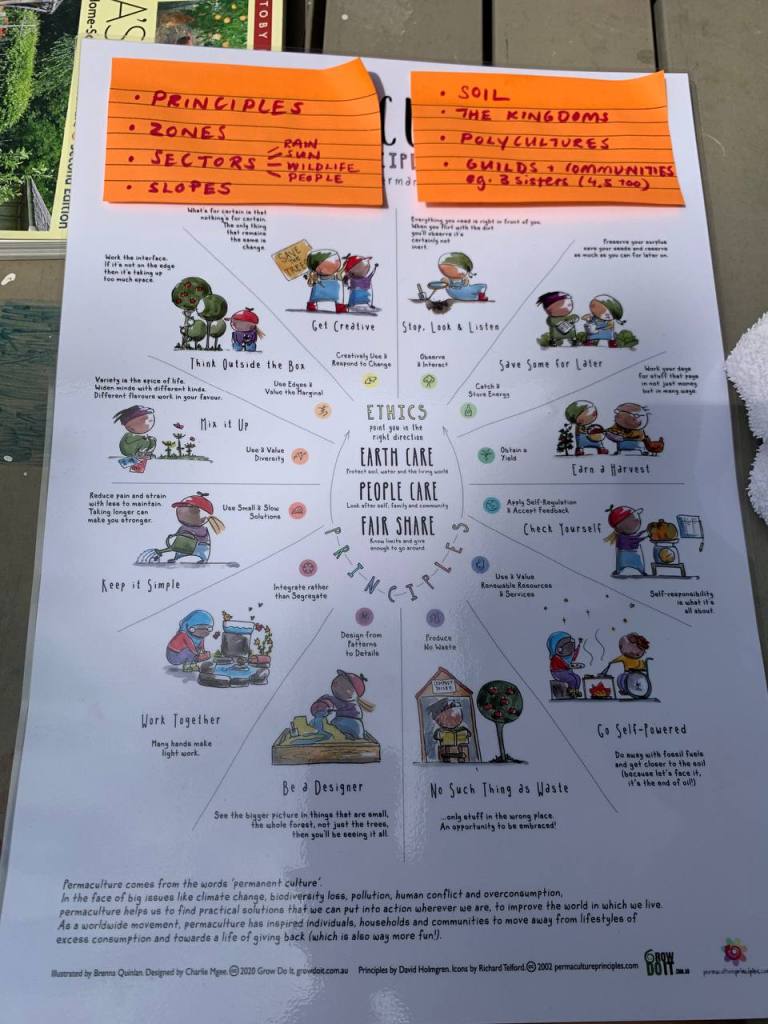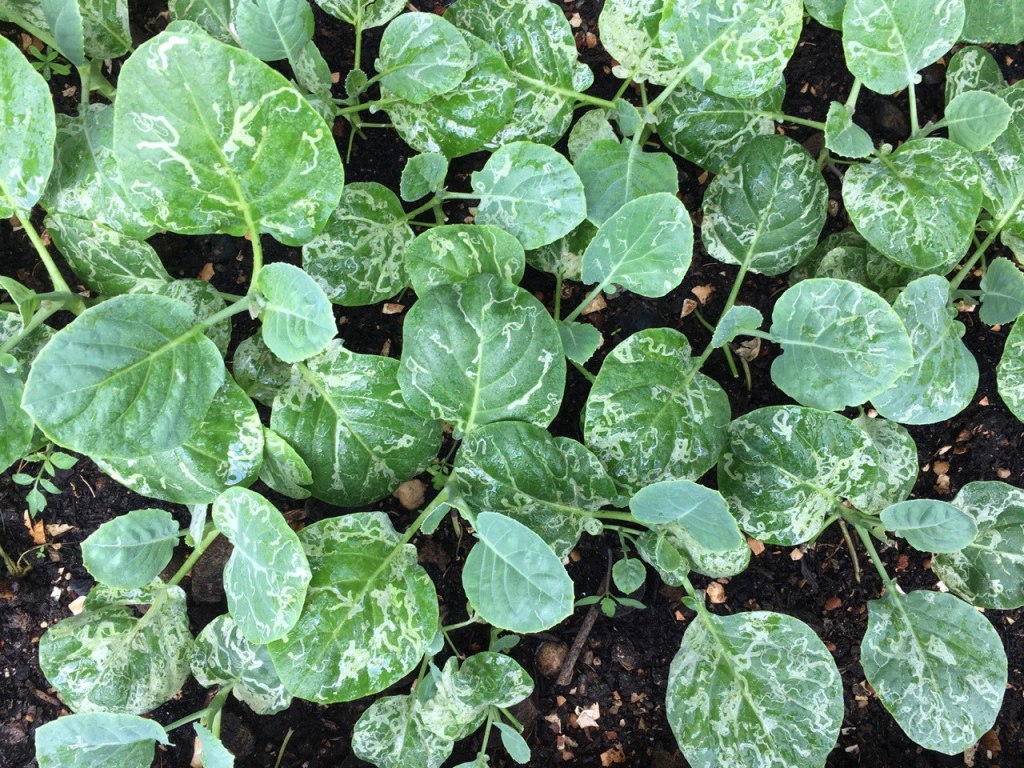In Yale-NUS, where I live, rooftops can be quite a contested space. A few years ago, several Environmental Studies (ES) students advocated for the installation of solar panels on the College’s un-used roof spaces. The months of back-and-forth resulted in an impasse, and some unfortunate tensions between the Infrastructural Office (Infra) and the students. Ultimately, no solar panels were installed, and the proposal has gone to rest. More recently, environmentalists in Yale-NUS have come to request for rooftop space from Infra once again. But this time, the urban farming collective successfully earned the trust of Infra and received permission to expand their farming space to our rooftop space.
The pressures of urbanization has resulted in intense concentrations of skyscrapers in Singapore (A. K. Wong and Yeh 1985). Rooftops are now some of the only spaces left to be further utilized. As we move towards the #30by30 goal, rooftop farming appears to be one of the key pathways forward. While rooftop farming has many ostensible benefits, and is an attractive idea in this small city, there are also many trade-offs associated with maintenance and the additional structural load. Personally, I was most concerned about the embodied energy associated with buildings that bear a heavier load (due to the soil and relevant infrastructure necessary for agriculture). I was interested in whether the emission costs are actually offset by other benefits of rooftop farming, and hence if rooftop farming should be continued. Thus, in this blogpost, I investigate the dis/advantages of rooftop farming and affirm that it is necessary and beneficial in the future of Singapore’s urban agricultural operations. Additionally, I argue that rooftop farming can be integrated into generic green roofs, which are becoming a staple in Singaporean architecture, in the future.
First, it must also be noted that green roofs to refer to any building with rooftop which accommodates all forms of greenery. Green roofs can then be subcategorized into extensive green roofs and intensive green roofs. NParks defines extensive green roofs as those covered in a thin vegetation layer, ‘typically not designed for public access or recreational use, and access is strictly for periodic maintenance (NParks n.d.).’ Meanwhile, intensive green roofs are covered in a variety of vegetation species, ‘usually designed to be accessible to the public. It is often utilised as a communal rooftop space for recreational purposes (NParks n.d.).’ In that, rooftop farming typically falls under the latter category of intensive green roofs.
Green roofs are attractive to the relevant government agencies in Singapore because they provide many benefits. According to Wong et al (2003), ‘NParks is aware of the many other benefits (environmental, social, aesthetic and economic aspects) roof gardens have brought and thus, hopes to motivate the developers and builders to landscape Singapore’s skyline.’ Indeed, the benefits of green roofs are aplenty.
Chiefly, green roofs reduce surface temperature of roofs and decrease the heat transfer into the rest of the building. They mitigate the urban heat island effect and reduce energy consumption of buildings by up to 14.6%, thereby reducing the life cycle costs of buildings (N. H. Wong, Chen, et al. 2003). One study found that the maximum temperature of a hard surface roof in Singapore could peak at 57°C (wow!) – demonstrating the strength of the urban heat island effect in Singapore. Meanwhile, peak temperature of roofs with bare soil was much lower at 42°C, while areas covered in vegetation were below 35°C, depending on the species and their foliage density. Green roofs also enhance other aspects of building performance including air quality, acoustic insulation and the durability of water-proof barriers (NParks n.d.). Additionally, they may provide ecosystem services in the form of carbon storage (Orsini et al. 2014).
However, green roofs come with an additional structural load. It is also unclear much additional embodied emissions are associated with increasing the structural capacity of buildings to accommodate a typical intensive roof garden. When it comes to rooftop agriculture, simplified hydroponic systems may be preferred due to their low weight (Rodríguez-Delfín et al. 2017). That said, the emissions costs of accommodating additional load in new buildings is likely to be sizeable given that default embodied emissions occupy around 30-40% of lifetime emissions of a building (Singapore Green Building Council n.d.). As such, the environmental benefits, in terms of carbon emissions, of green roofs may be mitigated.
Wong et al (2003) also highlight that green roofs are met with resistance by developers in Singapore because of high initial costs and structural loading capacity. Indeed, green roofs can cost up to six times as much compared to conventional roofing systems (N. H. Wong, Tay, et al. 2003). Buildings that were not designed for green roofs may also not be adequately retrofitted to hold additional structural load. This is especially so for intensive roof gardens with greater soil depths to host varied plant species (NParks n.d.). As such, existing buildings’ loading capacity must be carefully studied before any initiation of rooftop farming practices.
Beyond these engineering considerations, green roofs also hold the potential of creating space for recreation and social cohesion. Rooftop agriculture, just like urban agriculture in general, can be a space for community and social justice with the right policy design (Specht, Reynolds, and Sanyé-Mengual 2017). This may be especially applicable in Singapore, where community rooftop agriculture is being introduced to accessible spaces like HDB roofs (e.g., Jurong Community Garden). Rodríguez-Delfín et al (2017) highlight that, “for low-income families, soil-based and simplified hydroponic systems represent a promising approach to tackle poverty and food insecurity.”
In Singapore, rooftop farming is a relatively recent practice. The first tender for HDB carpark rooftop sites for urban farming was launched in September 2020 by the Singapore Food Agency (SFA), signaling a marked shift towards encouraging the use of underutilized space to improve the nation’s food security (CNA 2020). Since then, the SFA has continued to release more tenders for rooftop farming sites (CNA 2021). These are conventional roofs that can be converted for rooftop agriculture. Since it appears that at least some existing buildings in Singapore are able to take the weight of additional roof loads, there is much potential to follow through without additional engineering costs.
Beyond intensive green roofs, extensive green roofs are already being strongly encouraged in Singapore for non-agricultural reasons. Additionally, due to their lower weight demands, they can be more easily introduced to existing buildings compared to the retroactive fitting of intensive green roofs. This holds much possibility as vegetable and herb production is possible and productive even despite the limitations of extensive green roofs (i.e. low soil depths) (Whittinghill and Rowe 2012; Baudoin et al. 2017). Thus, beyond what Singapore is currently doing with the rooftop site tenders, we can also look towards expanding production in extensive green roofs to maximize the use of land area. In such cases, one potential area of contention in this conversion may be the reduction of perceived aesthetic value by building owners. However, it may be a necessary trade-off in Singapore’s vision to improve food security. Even though the Singapore government has established the need to keep green spaces aesthetically beautiful and orderly, perhaps green spaces must now be re-framed to be a space of communal responsibility and practical utility (Neo and Chua 2017).
In all, existing literature affirm the growing trend of rooftop agriculture in places like Singapore. While they may not be the best for mitigating climate change, the host of other benefits they bring, including improved food security, are aligned with the nation’s goals. Additionally, resources supporting rooftop agriculture are extensive and even include details on species of vegetation most suited for rooftop farming and how to cultivate them. Their potential, especially if we include extensive green roof farming, is sizeable and can be applied to the majority of Singapore’s rooftop spaces.
Bibliography
Baudoin, W., Y. Desjardins, M. Dorais, U. R. Charrondière, L. Herzigova, U. El-Behairy, N. Metwaly, C. Marulanda, and N. Ba. 2017. “Rooftop Gardening for Improved Food and Nutrition Security in the Urban Environment.” In Rooftop Urban Agriculture, edited by Francesco Orsini, Marielle Dubbeling, Henk de Zeeuw, and Giorgio Gianquinto, 219–33. Urban Agriculture. Cham: Springer International Publishing. https://doi.org/10.1007/978-3-319-57720-3_13.
CNA. 2020. “Tenders Awarded for 9 Rooftop Farming Sites at HDB Multi-Storey Car Parks.” CNA. September 30, 2020. https://www.channelnewsasia.com/news/singapore/tenders-awarded-rooftop-urban-farming-sites-hdb-car-parks-13163850.
CNA. 2021. “SFA Launches Tender for Rental of 7 Sites at HDB Car Park Rooftops for Urban Farming.” CNA. February 23, 2021. https://www.channelnewsasia.com/news/singapore/urban-farming-hdb-car-park-rooftop-sites-tender-sfa-14262834.
Lambourne, Wendy, and Vivianna Rodriguez Carreon. 2016. “Engendering Transitional Justice: A Transformative Approach to Building Peace and Attaining Human Rights for Women.” Human Rights Review 17 (1): 71–93. https://doi.org/10.1007/s12142-015-0376-0.
Neo, Harvey, and C. Y. Chua. 2017. “Beyond Inclusion and Exclusion: Community Gardens as Spaces of Responsibility.” Annals of the American Association of Geographers 107 (3): 666–81. https://doi.org/10.1080/24694452.2016.1261687.
NParks. n.d. “Rooftop Greenery – The Horizontal Dimension.” National Parks Board. Accessed May 7, 2021. https://www.nparks.gov.sg/skyrisegreenery/explore/rooftop-greenery.
Orsini, Francesco, Daniela Gasperi, Livia Marchetti, Chiara Piovene, Stefano Draghetti, Solange Ramazzotti, Giovanni Bazzocchi, and Giorgio Gianquinto. 2014. “Exploring the Production Capacity of Rooftop Gardens (RTGs) in Urban Agriculture: The Potential Impact on Food and Nutrition Security, Biodiversity and Other Ecosystem Services in the City of Bologna.” Food Security 6 (6): 781–92. https://doi.org/10.1007/s12571-014-0389-6.
Rodríguez-Delfín, Alfredo, Nazim Gruda, Christine Eigenbrod, Francesco Orsini, and Giorgio Gianquinto. 2017. “Soil Based and Simplified Hydroponics Rooftop Gardens.” In Rooftop Urban Agriculture, edited by Francesco Orsini, Marielle Dubbeling, Henk de Zeeuw, and Giorgio Gianquinto, 61–81. Urban Agriculture. Cham: Springer International Publishing. https://doi.org/10.1007/978-3-319-57720-3_5.
Singapore Green Building Council. n.d. “Bringing Embodied Carbon Upfront.” Accessed May 7, 2021. https://www.sgbc.sg/latestnews/749-bringing-embodied-carbon-upfront.
Specht, Kathrin, Kristin Reynolds, and Esther Sanyé-Mengual. 2017. “Community and Social Justice Aspects of Rooftop Agriculture.” In Rooftop Urban Agriculture, edited by Francesco Orsini, Marielle Dubbeling, Henk de Zeeuw, and Giorgio Gianquinto, 277–90. Urban Agriculture. Cham: Springer International Publishing. https://doi.org/10.1007/978-3-319-57720-3_17.
Whittinghill, Leigh J., and D. Bradley Rowe. 2012. “The Role of Green Roof Technology in Urban Agriculture.” Renewable Agriculture and Food Systems 27 (4): 314–22.
Wong, Aline K., and Stephen HK Yeh. 1985. Housing a Nation: 25 Years of Public Housing in Singapore. Brook House Pub.
Wong, Nyuk Hien, Yu Chen, Chui Leng Ong, and Angelia Sia. 2003. “Investigation of Thermal Benefits of Rooftop Garden in the Tropical Environment.” Building and Environment 38 (2): 261–70. https://doi.org/10.1016/S0360-1323(02)00066-5.
Wong, Nyuk Hien, Su Fen Tay, Raymond Wong, Chui Leng Ong, and Angelia Sia. 2003. “Life Cycle Cost Analysis of Rooftop Gardens in Singapore.” Building and Environment 38 (3): 499–509. https://doi.org/10.1016/S0360-1323(02)00131-2.










